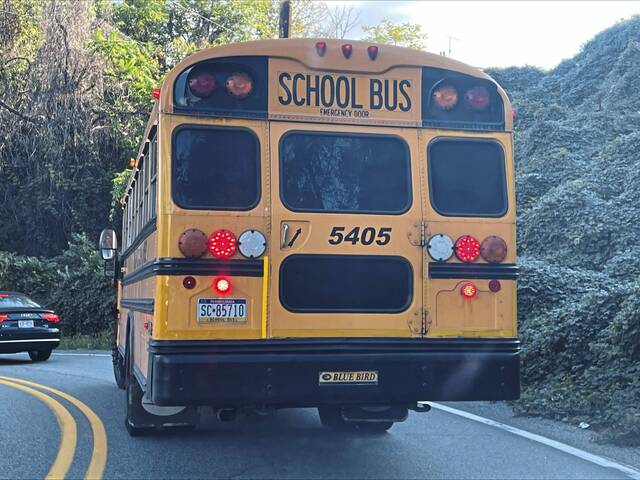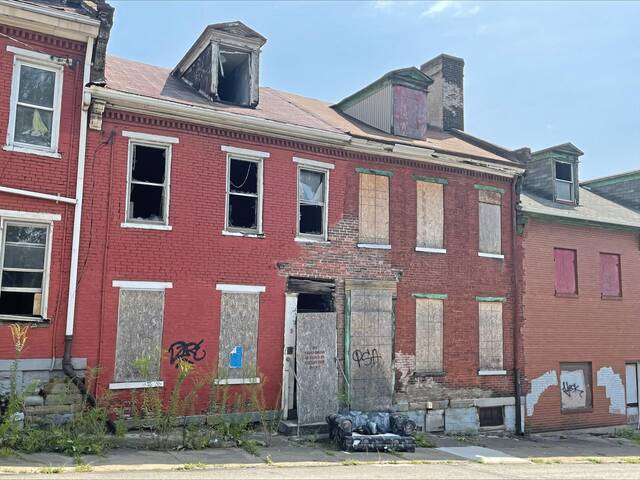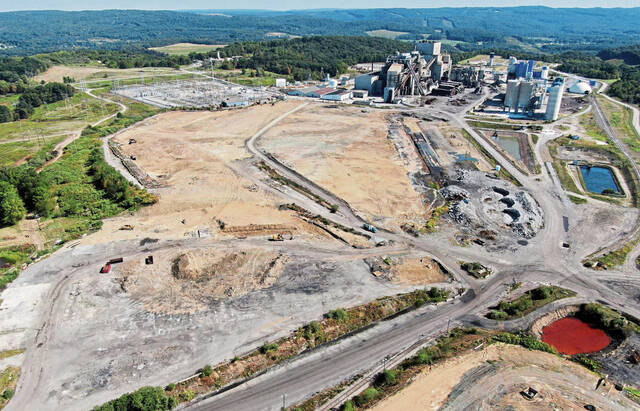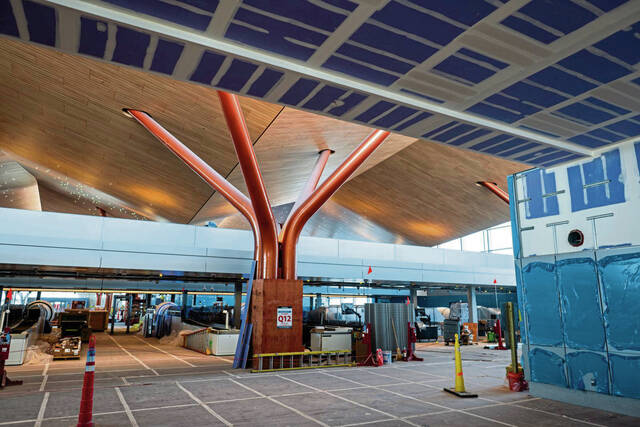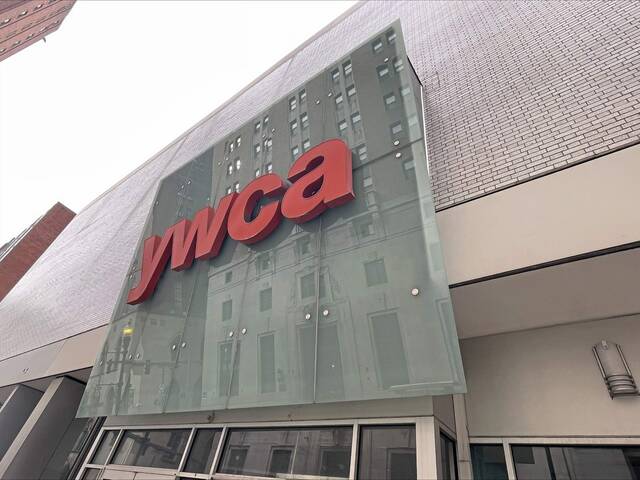Pittsburgh Public Schools (PPS), long plagued by extraordinarily high spending per pupil but exceptionally weak academic results, also has been bedeviled by a plunging student census that has led to a gross building overcapacity.
Allegheny Institute research assistant Alex Sodini says taking action on the latter could go a long way to begin addressing the former. “Could” being the operative word.
“The Allegheny Institute has long pointed out that PPS spends an unconscionable amount per pupil, and reductions in expenditures are desperately needed,” he says. “School closures could present potential savings on staff and maintenance costs, while selling the land/buildings to the private sector places them on the tax rolls.”
A six-month study by Education Resource Strategies (ERS), commissioned by the school board, was conducted in an effort to right-size PPS’ facilities. On Oct. 15, the consultants delivered their final recommendations for “opening three new schools, reconfiguring 12 schools and closing 14 schools and 10 facilities, which would reduce the District’s footprint from 54 to 42 schools.”
And the need for facilities reform had become clear.
“As of the 2023 Annual Comprehensive Financial Report (ACFR), PPS had 19,764 students but space (functional capacity) for 16,000 more,” Sodini found.
But the nub of the rub in this proposal contains a major bug, a flaw that must be rectified.
“Typically, building closures would result in downsizing, driving down staffing costs for the district,” Sodini reminds. “However, the proposed reconfiguration of grade levels, programs and course offerings would likely lead to staff relocations rather than layoffs.”
ERS predicts that “student-facing resources (such as teachers, counselors, social workers, etc.) would be generally shifted, not reduced.”
“Furthermore, due to typical attrition rates, headcount reductions would be expected to remove vacancies rather than filled positions,” the think tank scholar says, noting that the 2023 ACFR shows PPS had 3,912 total employees, of which 2,232 were instructional.
That said, ERS projects that implementation of its recommendations would “result in a net change of up to $3 million annually and the potential reduction in capital investment by more than $50 million.”
Assuming the closures move forward, Sodini stressed there is also no guarantee that these buildings will make their way onto the tax rolls.
“Any prospective buyer will be asked to detail its plan for the property, involve and consult the public and work with the City Council member where the property is located as per a 2021 amendment to PPS’ policy manual,” Sodini explains. “If a building is sold to a nonprofit, other governmental entity or retained by the district, it remains tax-exempt.”
There is $20.3 billion taxable assessed value in the district and another $11.6 billion that is tax-exempt. The 10 buildings slated for closure total $50.1 million in assessed value.
“While this is only 0.43% of the total exempt property, their sale would nonetheless ease some of the burden on the district’s budget via savings on building maintenance and repair,” Sodini reminds.
“In doing so, PPS also has the opportunity to focus its resources on providing a better educational experience for students,” he says. “The decision over whether the ERS plan is the best way to move forward now rests with the school board.”


